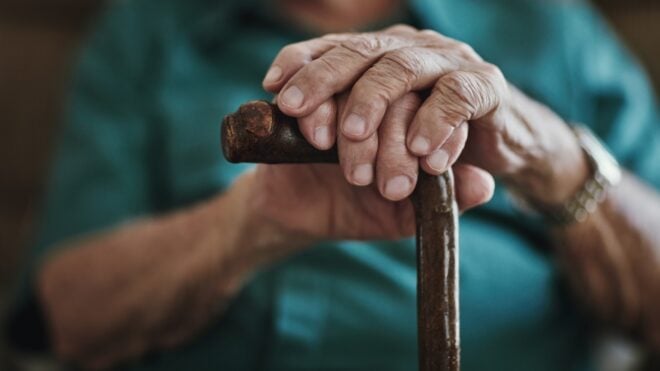Winter is a tough season for a lot of people. There's the ice and snow to navigate both on foot and in the car, there's the bitter cold that means you have to layer and layer just to go outside to get the mail, and the early darkness can give you a serious case of the blues. Worst of all can be the way the cold affects your skin, leading to dry or cracked fingertips.
Cold air holds less moisture, which means that it's much dryer than warm air, and can leave your skin feeling rough, dry, and stinging. Add to that some biting wind, and your skin can really take a beating.
During the winter, many people, especially those who work with their hands, experience the skin on their fingertips chapping and cracking.
This cracking of the skin can be mild and just appear as darkish lines, or they can be deep and painful, sometimes even bleeding. This kind of cracking can also happen on other areas of the hands, like the knuckles.
And when your fingers hurt, doing even the simplest of daily tasks can feel just impossible.
Luckily, there are ways you can prevent and heal dry, cracked fingertips and keep your hands soft, nimble, and pain-free all winter. And who knows? With these tips, you might even find you kind of like what winter has to offer!
Check out some of these home remedies below to keep your skin healthy and smooth. These tips totally work for feet, too!
How Do Cracks Form In Skin?
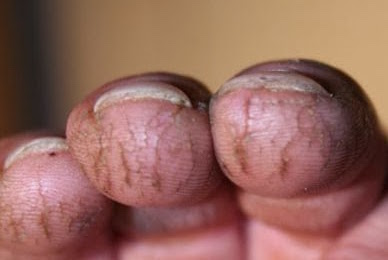
Cracks form in skin when it gets dried out and shrinks, causing splits.
These can be superficial and painless but unsightly, or they can be deeper and painful, and sometimes even result in bleeding, and open wounds, especially on hands, can lead to infections.
Cracked and chapped skin is more common in the winter due to the cold wind and comparatively drier air.
Exposed skin, such as on the hands and face, is usually the first to feel the effects.
So, how can you keep your hands soft and comfy this winter?
Prevention Tip #1: Cover Up When Going Outside
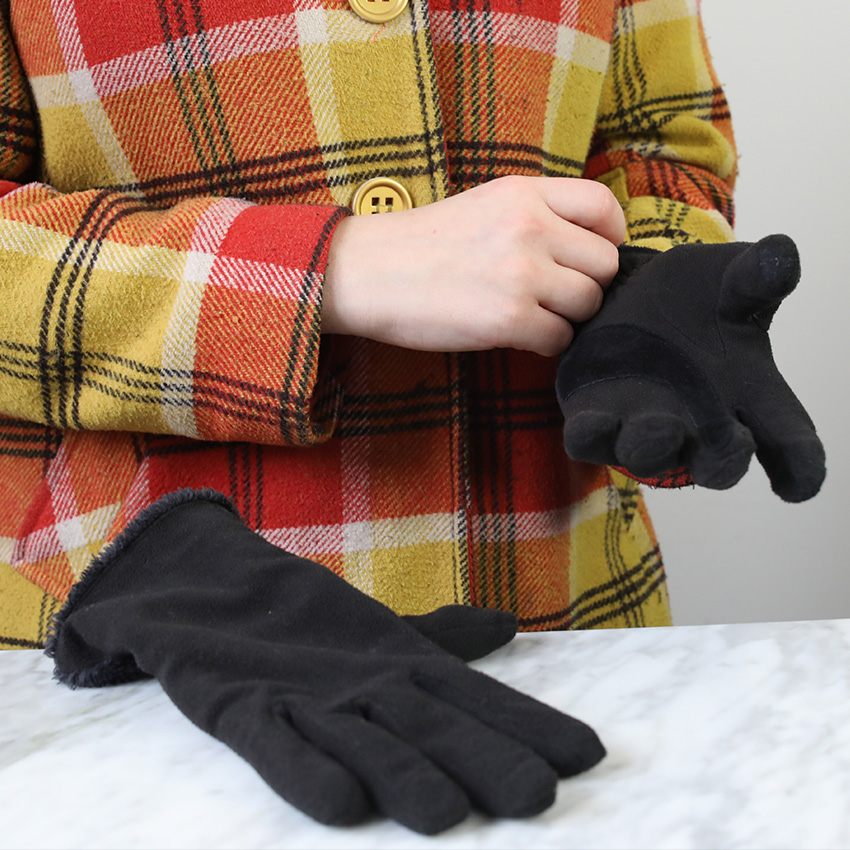
If your skin is covered, the wind and cold will have a harder time irritating it and drying it out.
When you know you'll be out in the elements, wear gloves. If you're going to need finger dexterity, look for gloves that will still keep you warm.
Keeping your skin shielded from the cold is the first step in preventing damage and in protecting already damaged skin and giving it a chance to heal.
Prevention Tip #2: Moisturize, Moisturize, Moisturize
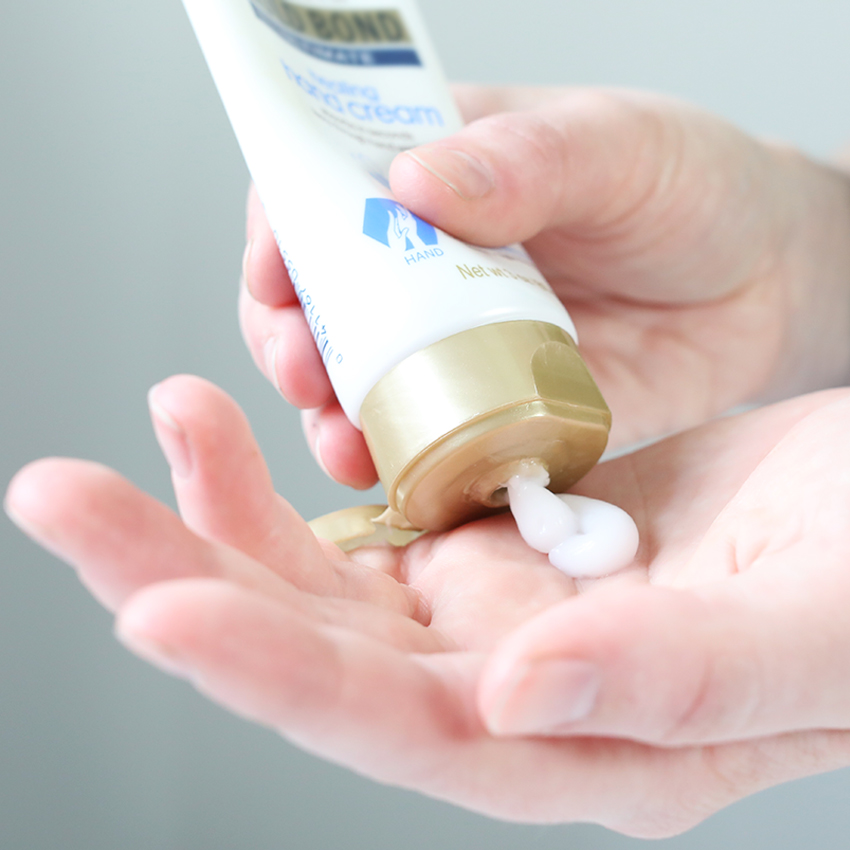
Apply a hand cream at least once a day, or whenever your skin feels tight and dry.
Pay special attention to fingertips and knuckles, as these parts of the hands tend to dry out fastest.
If your hands are dry, look for a hand cream with a richer formula, and rub it into the skin so it gets absorbed.
Keep some hand cream handy for whenever you feel dry.
Prevention Tip #3: Stay Hydrated
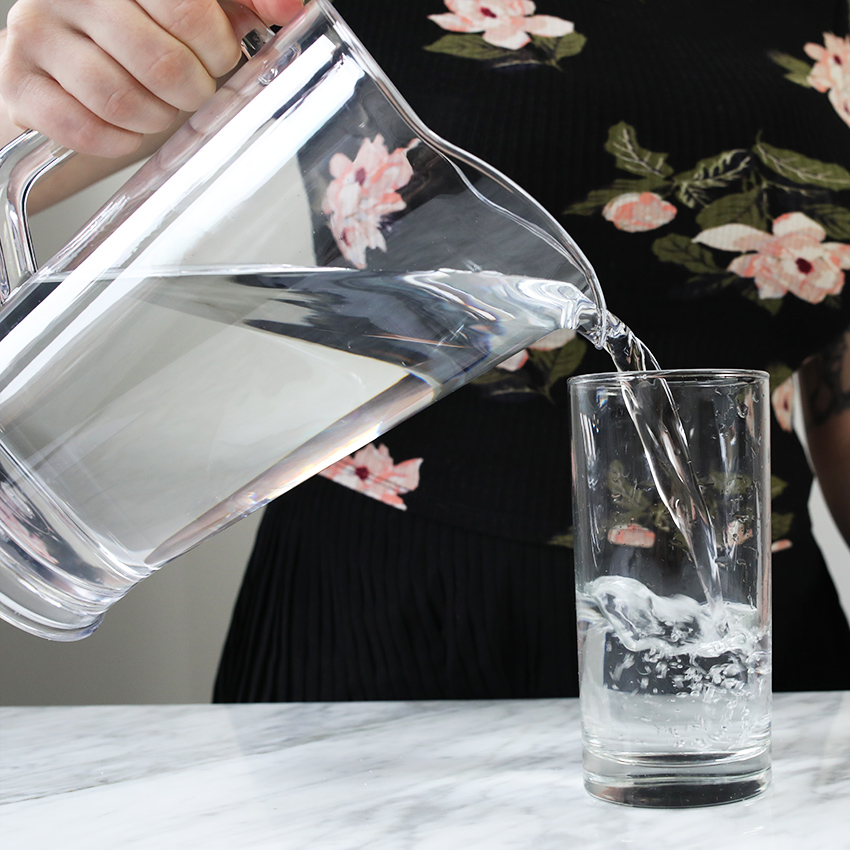
Good moisture balance starts with your insides, so make sure you're properly hydrated.
Just because it's not hot out doesn't mean you get to slack off when it comes to drinking enough water. Herbal teas and hot beverages count too!
But what can you do if your hands are already dry and cracked?
Healing Tip #1: Lock In Moisture At Night
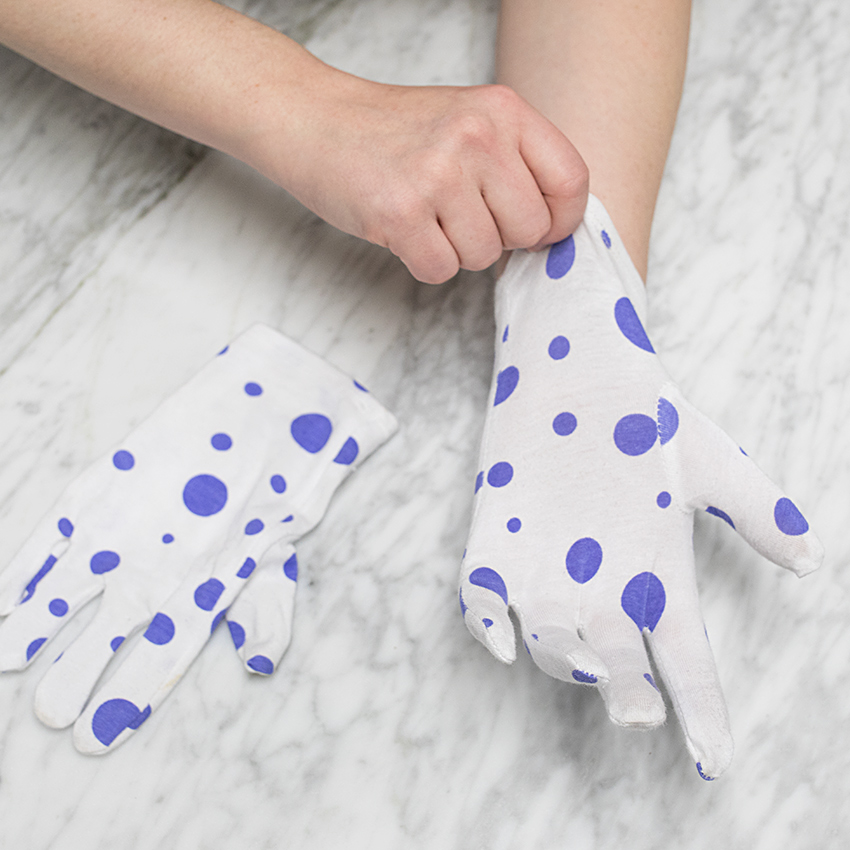
Before going to bed, slather your hands with a good amount of hand cream. Use more than you'd use during the day. Then put on some cotton spa gloves and go to sleep.
The gloves will prevent the cream from getting all over your sheets, and they'll also ensure that your skin drinks in all that moisture. In the morning, your hands will be softer and smoother.
Depending on how dry your skin is, you may want to do this several nights in a row.
Healing Tip #2: Superglue Yourself
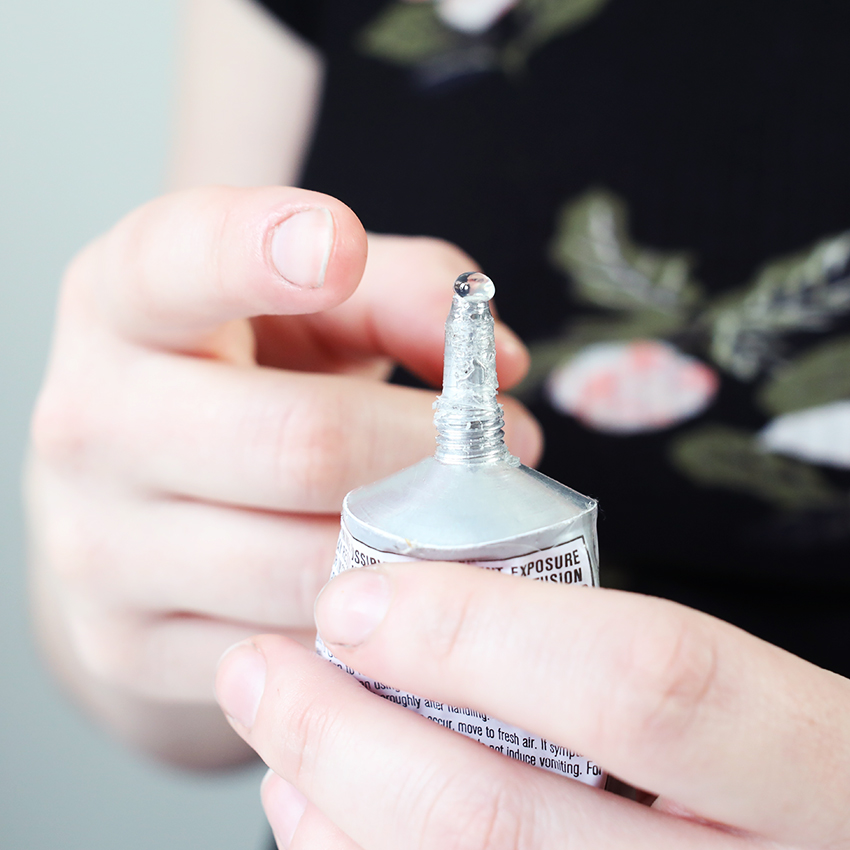
If one of the cracks on your hands splits deep enough to bleed, it can be a pain — literally.
A dab of superglue actually makes a great bandage.
It sounds weird, but for small, relatively shallow cuts, glue is great for sealing without the bulk of a Band-Aid.
Healing Tip #3: Safety And Superglue
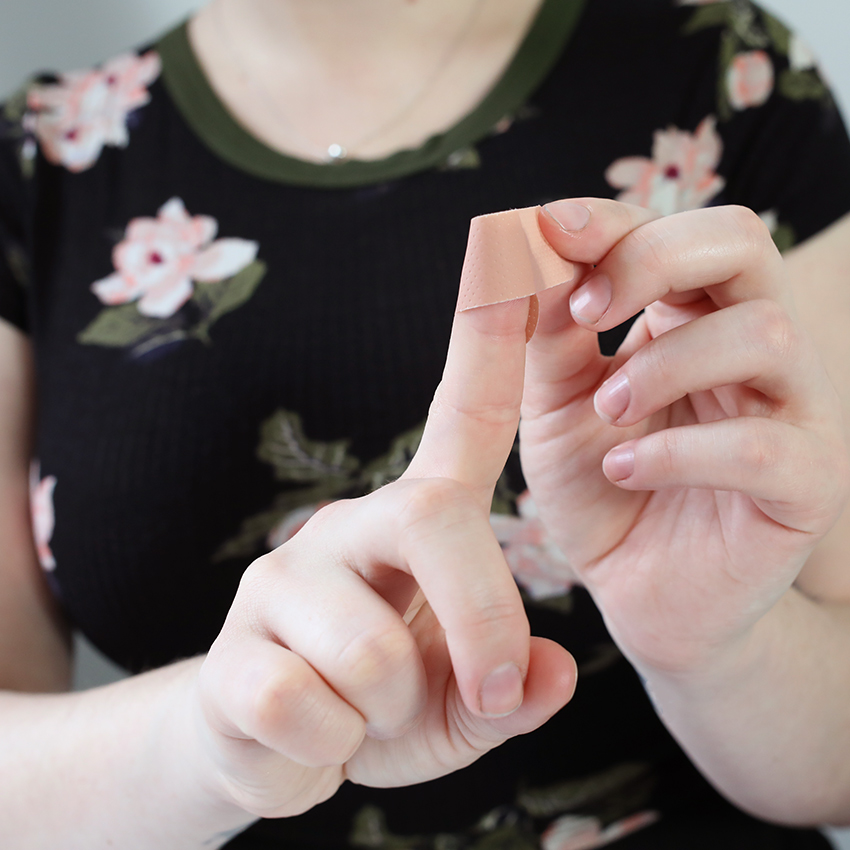
Before supergluing yourself to everything, a word of caution: glue should NOT be used on deep or puncture wounds, and always make sure to read any and all packaging before putting anything on your skin, as some glues contain chemicals that can irritate skin.
If household glue makes you squeamish, give medical glue or "liquid bandage" a try. And if that's still too weird, you can't go wrong with a Band-Aid.
Basically, if your cracked skin bleeds, get it covered to prevent infection and facilitate healing.
Healing Tip #4: Try A Paraffin Dip
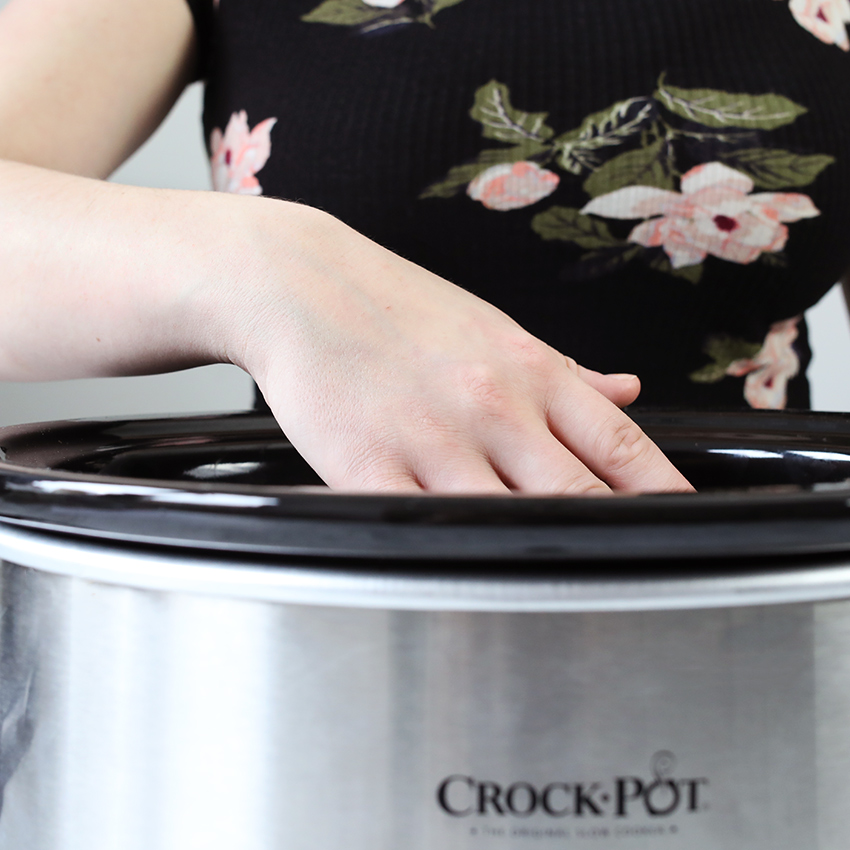
A classic spa treatment, paraffin in a type of wax that melts at a pretty low temperature.
Hands are dipped in and the wax allowed to harden, and the skin absorbs moisture and oils from the wax.
You can get this done at a spa or salon, or you can get a paraffin kit and do it at home.
If you're going to do it yourself, be sure to read all instructions, and consider doing a patch test of the wax to make sure your skin won't have any unexpected reactions.
Winter can be tough, but it doesn't mean it has to beat you down. Use these tips to keep your hands soft and pretty so you can show them off anytime!
And SHARE these tips with anyone who dreads dry skin!


